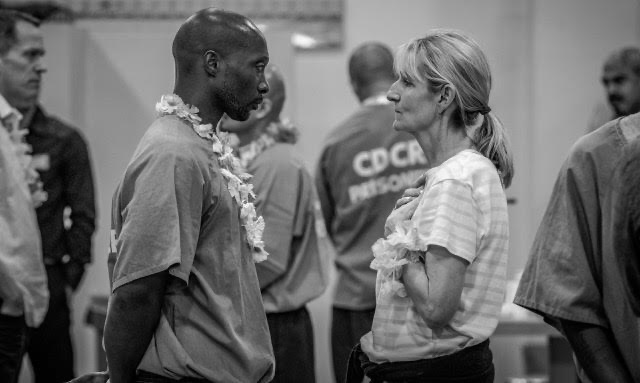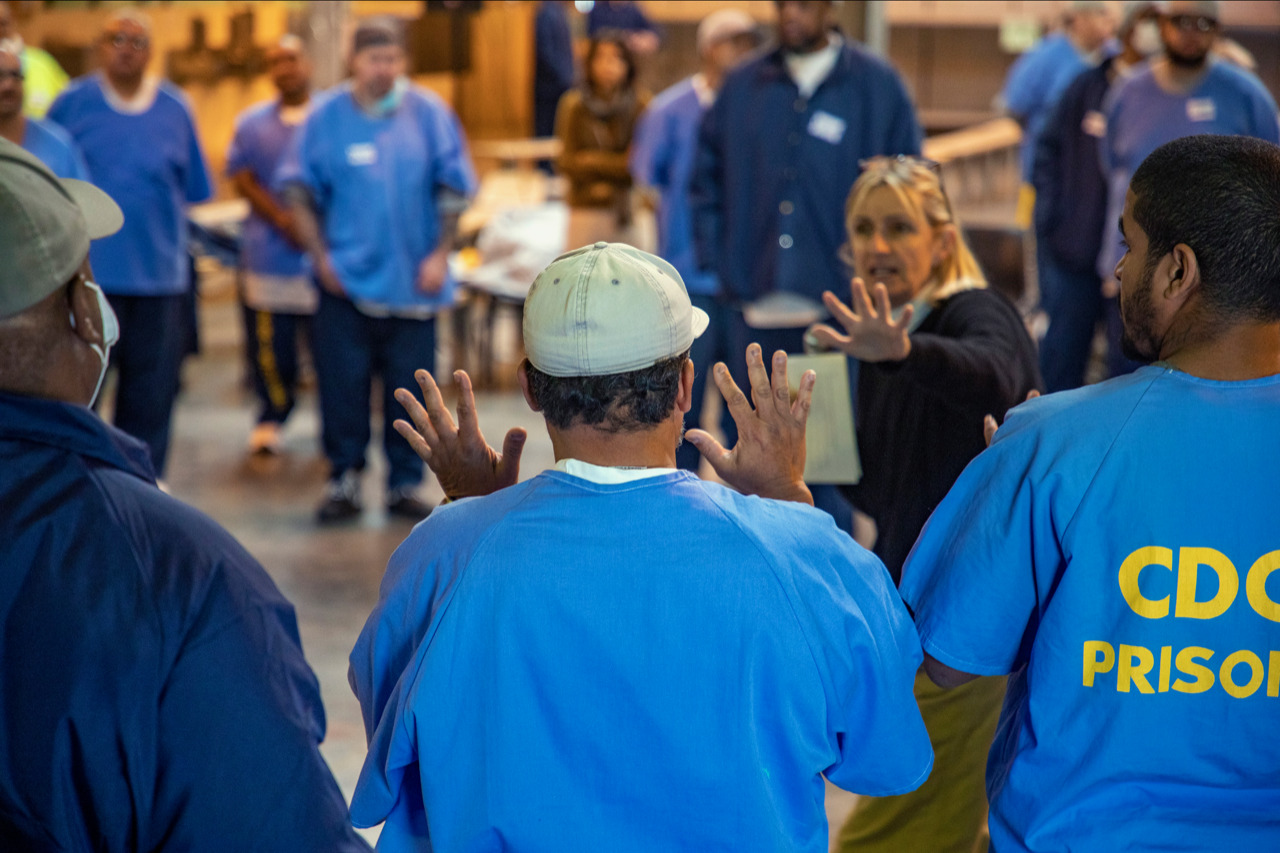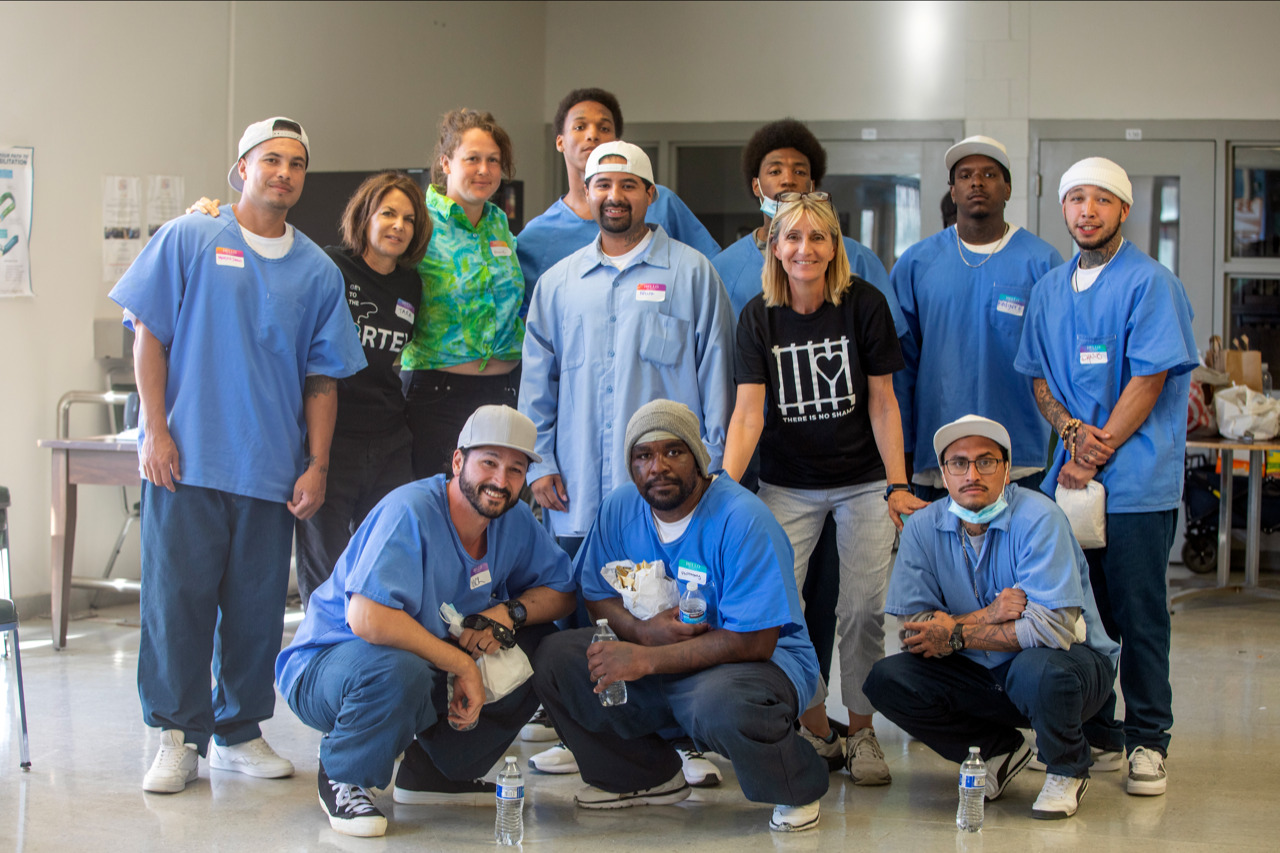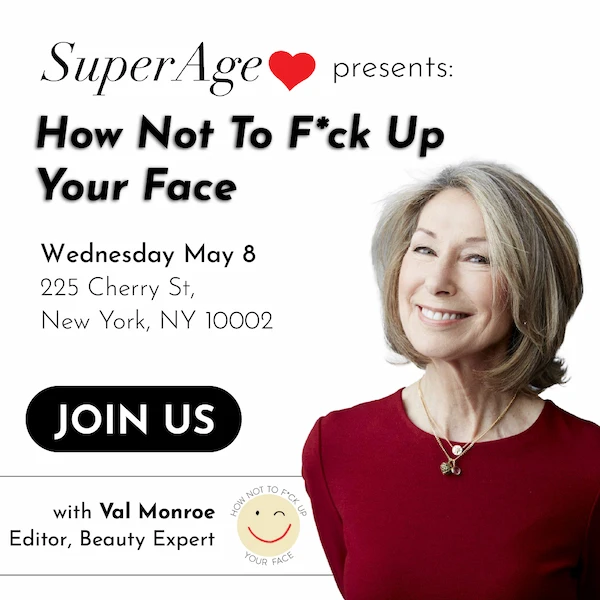“Be the change you wish to see in the world” was famously said by Gandhi, and is the guiding principle for Fritzi. She has made it her life’s work to change the cycle of trauma that has led to over 2 million people currently being held in US prisons. Having gained an understanding of how her childhood trauma affected her life, she is bringing that knowledge to a group of people not always regarded with compassion: the imprisoned. This is not just about them, it is about everyone who is touched by them and, by extension, their trauma.
Around 360,000 people are working in prisons. Their life expectancy is an appalling 59 years compared to the national average of 78.5 years. These workers also have families who are being affected. It is a massive, self-sustaining problem leading to generational PTSD, stress, and abuse. One woman is doing something about it.

How old are you, Fritzi?
I’m 60.
Where do you live?
Los Angeles, near the airport in Westchester.
And when did you first go into a prison?
September 2018. I had just read The Body Keeps the Score, which is a book by Bessel van der Kolk. It teaches you about trauma. And I realized, by reading that book, that my behavior was not who I was. And so, when I went to a prison, I was surrounded by a hundred men, and their behavior wasn’t who they were. And society thinks that they’re just bad people. I was like, “Well, this is not okay. This is not okay what we’re doing.” I cried the whole day. I decided I would dedicate my life to making sure people understood what trauma does to the brain, body, and spirit. Both inside prison and outside prison. My work is basically teaching the men and women living and working in prison about childhood trauma, prison trauma, and the effects of trauma on their wellbeing and on how they behave.
There is that great Gandhi quote, “Be the change you want to see in the world.”
I know you do work with prisons right now. But what did you do before that?
I was a post-producer and a producer on mostly television films. Well, the second last thing that I worked on was a documentary called The Defiant Ones, which won a Grammy, and it’s the best thing I ever worked on. It’s Dr. Dre and Jimmy Iovine. And it’s pretty extraordinary.
“Just really advocating for humanity is really what I feel like I’m doing through the prison system”
And one can’t just walk into a prison.
I volunteered the first time with another group. It was called Hustle 2.0. I volunteered with them and I started talking to one of the prison administrators and I said, “I have an idea.” And he says, “Yeah, well, come on in, let’s do it.” He let me do a pilot. I did it for a year and, after the pilot, the film, Step Inside the Circle. Over 300,000 people saw it within, like, a week and now about four million people have seen it.
The film is used with therapists in universities. It kind of talks about our social dysfunction and the trauma that people in prison have experienced. And it’s an experiential exercise, so people step inside this trauma for each Adverse Childhood Experience they’ve endured. The basis of my work is Adverse Childhood Experiences, or ACEs; there’s ten of them. I have eight of those, which is a lot of trauma. And so, my behavior reflected that kind of trauma. And now that I’ve learned to heal, I’ve become an expert on trauma and childhood trauma. I have a podcast with the top trauma experts in the world and I want to get all of their content into prison tablets so that they can continue to educate themselves.
Just really advocating for humanity is really what I feel like I’m doing through the prison system. People are like, “Well, why don’t you go stop them? Why don’t you go to the streets?” Because I don’t know how to access the streets. I don’t know how do you go into the streets. But I know I can go into a building with 3000 men who are connected to the streets so they can get back to their families, they can bring this information to their communities and stop abusing their children. Basically, that’s the root of what I want to accomplish: end child abuse in the United States and throughout the world.
“Basically, that’s the root of what I want to accomplish: end child abuse in the United States and throughout the world”
And is there follow-up after they leave prison?
No recidivism as of today, but it’s not a big number. But a lot of people are starting to come home and, yeah, we need to track that better. We just got the Bureau of Prisons, which is the federal arm of prisons. They’re doing a pilot with us.

I’ve been in prisons. I haven’t been incarcerated but I did a job in Sing Sing, a scary place. Wards Island hospital for the criminally insane. Particularly, everybody in the room has killed somebody, sometimes multiple. David Berkowitz was in there. In that particular facility, a lot of Thorazine is used, which is probably a good thing.
Yeah. I don’t really work with criminally insane, but I do work with a lot of people who’ve murdered. And I know for murderers, that’s a name that defines them. And they’ve murdered someone, but they are not murderers. They’re not murdering today. It’s really an important distinction. And the languaging is important because today the men that I work with are writers and artists, and that’s what they’re doing, and fathers.
So, it’s a reframe that I think we all need to start thinking about is: who are the people that we’re incarcerating? And I’ll say, to commit a crime is a mental health issue. If you’re committing a crime, something is wrong with the wiring in your brain. And we have the opportunity in prisons to rewire the brains. That’s what we can do. If we treat people kindly, if we show them the errors of their ways, and if we give them opportunities to show that they’re good people. Be the change you want to see in the world. Do we want to see a compassionate world? Well, how are we treating the people in prison? We are not treating them compassionately. And I’m responsible for that. I’ve voted politicians in who are enforcing this kind of behavior. It’s my duty; as Gandhi says, “Be the change you want to see in the world.” So, that’s what I’m doing.
“Why don’t we make this into a transformational center instead of calling it a prison?”
Prison is a dangerous place.
Yes, prison is a dangerous place. The question is, prison is a concept. Prison is something we created, and everyone has decided that it’s a dangerous place. So why don’t we make this into a transformational center instead of calling it a prison? Words are really important, and that can change the trajectory of the lives of the people living there and the people working there. The life expectancy of an officer is 59 years old in this society.

That’s an indication that something terribly, terribly, terribly is going wrong in prisons, because it’s not sustainable for the people who live there or who work there. And so, we have to draw attention to the amount of PTSD, the amount of trauma that is being perpetuated, both by the people living there and the people working there. It’s awareness.
Now we’re shining a light on this darkness, and that’s how it transforms. And the light can come in. And I’m starting to be invited in now. I don’t have to knock on doors; they’re knocking on my doors because I think they’re realizing that this is urgent. This is urgent for wellbeing because it doesn’t just affect the officers and the people who live in prison, they go home. Those families are affected. Those families go into our society. So, if a child has an ACE because his father is an alcoholic or because his father is being abusive because he has PTSD and he works in a prison, that’s affecting our society, and it ripples into their families, so something’s got to give. And so, I’m here to give this situation some help.
When you’re not doing this, what’s your recreational life like?
Well, I used to be a professional roller skater.
Really? Wow, amazing.
Yeah, in Japan. I worked in Japan for Coca-Cola. I used to roller skate. I used to be a really great chef or a cook. I was really good. I had a little bakery business. I make scones. I sold them to Zinque. If you remember Zinque on the corner.
I remember Zinque, sure.
Yeah, I sold scones there.
“I want the world to heal and so that’s what I’m doing, because it’s time, it’s urgent”
I ate your scones.
Yeah, that was my scone. But right now, I want to take time off and clear out my garage and read more books. That’s really what I want to do. And I love movies, so we watch movies. We watch a lot of movies. A little yoga, a little walking. I walk every day. I stopped eating grains. I lost 22 pounds. So, I’m really into neuroscience and health and just being as strong and as healthy as I possibly can.
I do cold showers as much as I can, whenever I remember, and look at the sun when I wake up because that helps set your circadian rhythms. And I have a 16-year-old boy. I guess that’s my free time. Whenever he’s available: “Okay, what are we doing? Let’s go.” So, that’s my best project ever, for sure.
I want the world to heal and so that’s what I’m doing, because it’s time, it’s urgent. We don’t have time, really, to wait for someone to come and figure it out. We all have to participate in it. I asked my staff the other day, “Where are you being compassionate to yourself and where are you not? Where are you being compassionate to others and where are you not?” And that’s the opportunity we have every day. I call them micro compassions, these little things. And to watch how we’ve really just healed. There’s that moment, normally I would have reacted or taken offense, and now I’m like, “Oh, she’s just doing her thing.”
We’ve got to put in the hours, we’ve got to do the breathing, we’ve got to do the yoga, we’ve got to learn about our brains, learn about the brain science, and learn about the trauma that we’ve had.
Our course is called Trauma to Transformation. So, that’s our one-day course. That seems to be my story as well. It’s typical, you hear that a lot, Trauma to Transformation, but it can happen. It can happen for all of us. We just have to slow down and not be so reactive to the world, and be more responsive to ourselves and to each other, and more loving.
What are the three non-negotiables in your life?
Take care of my body, spirit, and mind. My family is the most important thing. And compassion trumps everything.
Connect with Fritzi:
LinkedIn
Twitter
Compassion Prison Project
LEAVE A REPLY
The ideas expressed here are solely the opinions of the author and are not researched or verified by AGEIST LLC, or anyone associated with AGEIST LLC. This material should not be construed as medical advice or recommendation, it is for informational use only. We encourage all readers to discuss with your qualified practitioners the relevance of the application of any of these ideas to your life. The recommendations contained herein are not intended to diagnose, treat, cure or prevent any disease. You should always consult your physician or other qualified health provider before starting any new treatment or stopping any treatment that has been prescribed for you by your physician or other qualified health provider. Please call your doctor or 911 immediately if you think you may have a medical or psychiatric emergency.



To blame the family particularly the mother is not to acknowledge all the life events that causes trauma. The individuals peer group and those that have power over the person are just as likely to traumatise.
Your healing work in this area is so important to the world! – tears flowed hard and fast when I watched Step Inside the Circle and read your Interview here on Ageist. Truely heartfelt thank you for your compassion and understanding!
Very important work. There is a dog rescue Marly’s Mutts that puts dog in prison. Each appointed prisoner gets a rescue dog to train (picked by Marley’s Mutts) and the dogs live with the men and they learn how to train them via professional trainers and as importantly love them. The other upside is when they are out they have a dog training skill with which to get a job. More prisons should institute this program in fact every prison!